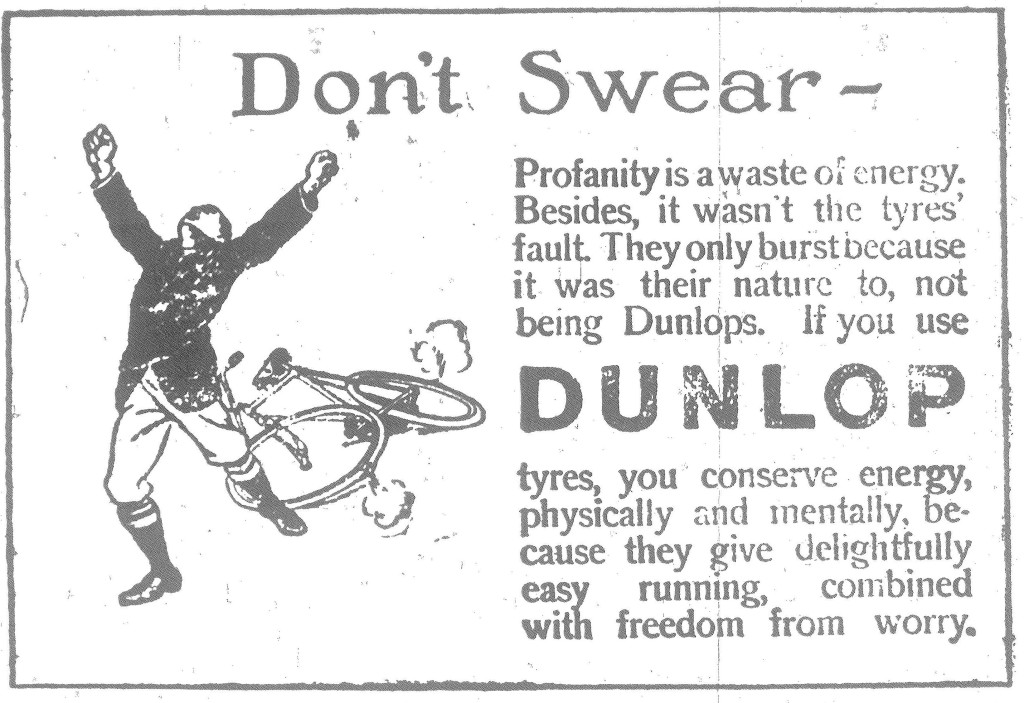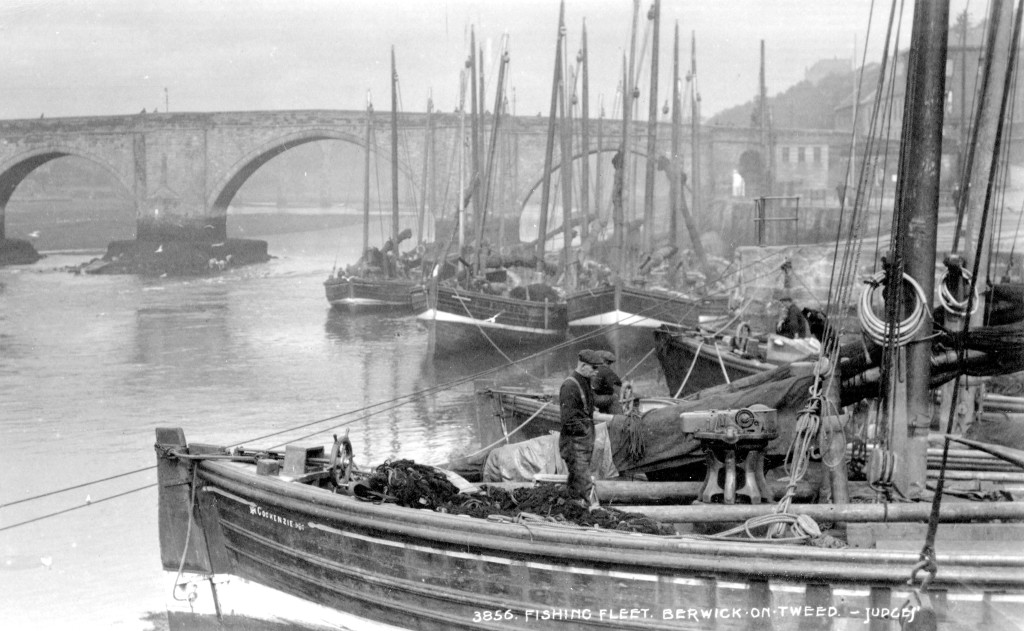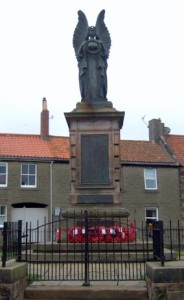Berwick Bridge, or the Old Bridge as it is known by local people, is an impressive structure which spans the River Tweed. Built of sandstone, it consists of 15 arches, is 355 metres long and the 6th pier from the Berwick side originally formed the border between Berwick and North Durham/ Northumberland. Why was the bridge built and what is its history ?
Whilst travelling south in 1603 to be crowned King of England, King James VI of Scotland, passed through Berwick and crossed Berwick Bridge. At that time it was a wooden structure, slightly further upstream to the present one and he wasn’t impressed. These wooden bridges were liable to damage and total destruction by floods on the river which had happened on a number of occasions. Following various petitions by the town and the intervention of George Home, Earl of Dunbar, it was finally agreed that a new permanent stone structure, funded by the Crown, would be built at Berwick. This bridge was a necessity for the town but for James, it was also a permanent and visible symbol of the link between his two kingdoms.
Work began on the bridge’s construction on 19 June 1611 and it is fitting that just over 410 years later, it has been re-opened to pedestrians and traffic again, a vital link across the lower reaches of the River Tweed. As the building of the bridge was to be funded by the Crown – £8000 was offered – but the expenditure was to be initially incurred by the town, it was important to keep detailed and accurate accounts. Amazingly these accounts still survive within the town’s Borough Archives kept at the Berwick Record Office. They provide a unique record and insight into who was employed and what materials were used to build such a structure in the days before mass mechanisation.

From these records, it is possible to glean some wonderful details which show how labour intensive the project was and also where the materials came from. All those employed are listed on a weekly basis, including their occupation, daily rate of pay and how many days they worked. The highest paid was James Burrell, the Surveyor of the Works (2 s 6d per day ) followed by John Shell (16d per day) Normally the men worked 6 days a week and there were different rates of pay depending on their seniority within their trade. For example, in the week starting 7 September 1611, a master mason was paid 20 d (18p) per day whilst an apprentice was only paid 6d.
Other trades employed that week included carpenters, smiths, quarrymen, labourers and boys. It’s not clear what the 8 boys had to do but they were paid 4d per day. In addition money was paid out to carry stones by water from the quarry in Tweedmouth to the bridge as well as for coals and oyster shells. The latter were used as the basis for lime mortar. In total. £25 14s 11 ¾ d was spent that week equivalent to about £7000 today. Other trades found in the accounts were lightermen, shipwrights and sawyers.
Not all the supplies used in the construction were sourced locally. Timber was made available from the Royal Forest in Chopwell, transported down the River Tyne from Blaydon to Newcastle and then brought by ship to Berwick.

Coal, iron and lead were also shipped to Berwick and in March 1612 , a ship carrying them developed a leak and grounded on the sands entering the channel at the mouth of the River Tweed. Labourers were employed to remove the cargo and then transport it by horse to the storehouse.

By May 1617, the town had spent the initial £8000 but the Bridge still wasn’t finished. They petitioned the King for additional funds and an extra £5000 was granted. Work on the Bridge was going so slowly that by 1620, the Bishop of Durham got involved. It was agreed that the remaining work would be undertaken by contract for a set sum. This led to an agreement , signed on 12 October 1620 by the Bishop of Durham and amongst others, James Burrell and Lancelot Branxton, the master mason, agreeing to make the bridge passable to traffic by the summer of 1621. Work continued and progress was made but unfortunately in October 1621 disaster struck. The river flooded so badly that it destroyed all the work undertaken in the previous year and they were back to square one. Work started again in the following spring and by 1625/6 much of it had been completed and the bridge could be used. However, there were still bits and pieces to do because the final accounts and the work were not signed off until 24 October 1634. In the end, the final cost of the structure was almost £15,000, a huge amount for the time.
Since then the bridge has not only been a vital link between the communities of Berwick and Tweedmouth but also until 1928, part of the main road link between London and Edinburgh, forming part of the Great North Road (A1). As time went on, the bridge became less suitable for the traffic using it on a daily basis. By 1896, the Town Council had received petitions requesting it to be widened – market days were particularly difficult with people bringing their cattle into town from the south or trying to take them out again. They said – “We think the Bridge could be widened sufficiently to provide footpaths that would obviate the necessity of persons walking in the Roadway and at the same time, perhaps widen the Roadway too”
The thought of destroying the ancient structure resulted in a counter petition from the Conservationists – “Berwick Bridge is without doubt the most interesting structure of its kind and date in Great Britain, not only from its antiquity and historical importance, though in these respects it is remarkable – but on account of its picturesque position and extreme beauty from every point of view. Any alteration such as is proposed would in our opinion fatally destroy the appearance and greatly injure the character of this unique Bridge which is such an ornament to your ancient town of Berwick and which we all feel to be a national inheritance.”
Altering the bridge was continually discussed in the early 1900s and by 1914, there was interest in building a new replacement bridge over the River Tweed. However, the First World War put paid to those plans. The question was revived again in 1924 when Berwick Town Council, Northumberland County Council and the Ministry of Transport finally agreed that a new bridge was a necessity not only for Berwick but for ease of transport on a national road. This led to the construction of the Royal Tweed Bridge which was finally opened in May 1928 by Edward, Prince of Wales. This Bridge was to take the main bulk of the traffic and became the A1 until the early 1980s when the Berwick by-pass was opened. However, the Old Bridge as it became known could still be used by vehicles and pedestrians.

The Old Bridge continued to take two way traffic but it was dangerous for drivers and pedestrians. I well remember driving across the bridge, meeting a car coming in the opposite direction and wondering if there was enough room for both of us. After an experiment in the late 1990s/early 2000s the Bridge was made one way, only taking traffic out of Berwick.
It’s a testament to its construction that the Bridge has been in use for nearly 400 years. However, over time, it has needed repairs and the most recent ones have just been completed. In late 2020 to mid 2021, Northumberland County Council have undertaken the first phase of ongoing repair work on this Jacobean structure. The Bridge has been closed to traffic and work has been carried out on waterproofing the bridge deck, re-laying the road surface and pedestrian footpaths, repairing some of the masonry parapets and installing new LED lights. The second and third phases will involve work on the arches and piers.
Berwick’s Bridges are iconic and very much a feature of its landscape and its heritage. It’s fitting that Berwick Bridge , the oldest bridge on the Lower Tweed is being repaired to ensure it longevity for future generations.












